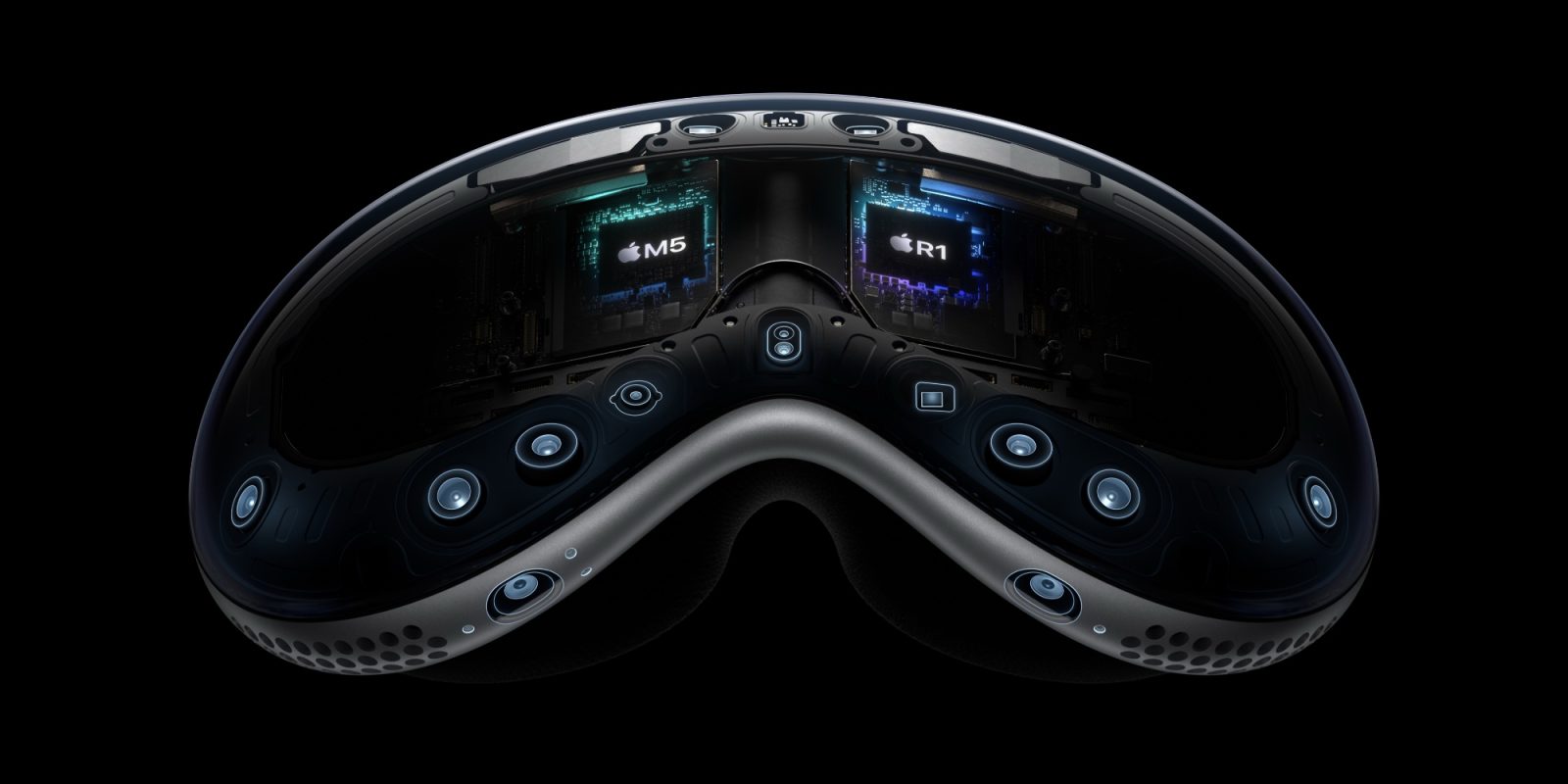Apple has recently unveiled the M5 Vision Pro, an enhanced iteration of its original mixed-reality headset. This new model boasts several improvements over its predecessor, including the integration of the M5 chip, which delivers a 10% increase in rendered pixels and supports a 120Hz refresh rate, enhancing visual clarity and reducing motion blur. Additionally, the M5 Vision Pro introduces the Dual Knit Band, designed for superior comfort and stability during extended use.
Despite these advancements, the M5 Vision Pro maintains the same starting price of $3,499 as the original M2 model. This pricing consistency is noteworthy, especially considering the technological upgrades incorporated into the new device.
However, a significant point of contention has emerged among early adopters of the original Vision Pro. Unlike many other Apple products, the company has not provided a trade-in program for the Vision Pro series. This omission means that users looking to upgrade to the M5 version must explore alternative avenues to offset the cost of the new device. Options include selling their existing Vision Pro units through third-party platforms such as eBay or finding interested buyers within their personal networks.
The absence of a trade-in option is particularly surprising given Apple’s established practice of offering such programs for its other product lines, including iPhones, iPads, and Macs. These programs not only facilitate upgrades for consumers but also enable Apple to refurbish and resell devices, thereby promoting sustainability and extending the lifecycle of its products.
For early adopters who invested in the original Vision Pro, the lack of a trade-in program may lead to feelings of buyer’s remorse, especially considering the rapid advancement in technology and the substantial financial commitment involved. The original Vision Pro, while groundbreaking at its launch, now faces obsolescence with the introduction of the M5 model. This situation underscores the challenges inherent in being an early adopter of cutting-edge technology, where the pace of innovation can quickly render previous models outdated.
Moreover, the decision not to offer a trade-in program could impact consumer loyalty and trust. Customers who feel unsupported in their upgrade paths may reconsider future purchases, particularly for high-ticket items like the Vision Pro. Providing a trade-in option would not only alleviate financial burdens for existing customers but also demonstrate Apple’s commitment to customer satisfaction and product sustainability.
In the broader context, the mixed-reality market is still in its nascent stages, with companies striving to establish footholds and build user bases. Apple’s approach to the Vision Pro series, including its pricing and upgrade policies, will likely influence consumer perceptions and adoption rates. As competitors continue to innovate and offer flexible upgrade options, Apple may need to reassess its strategies to maintain a competitive edge.
In conclusion, while the M5 Vision Pro represents a significant technological advancement, the absence of a trade-in program for existing Vision Pro users presents a notable challenge. Early adopters are left to navigate the secondary market to recoup some of their initial investment, a process that can be both time-consuming and uncertain. As Apple continues to develop its mixed-reality offerings, incorporating customer-centric policies such as trade-in programs could enhance user satisfaction and foster long-term loyalty.



